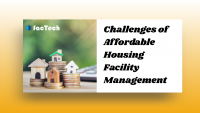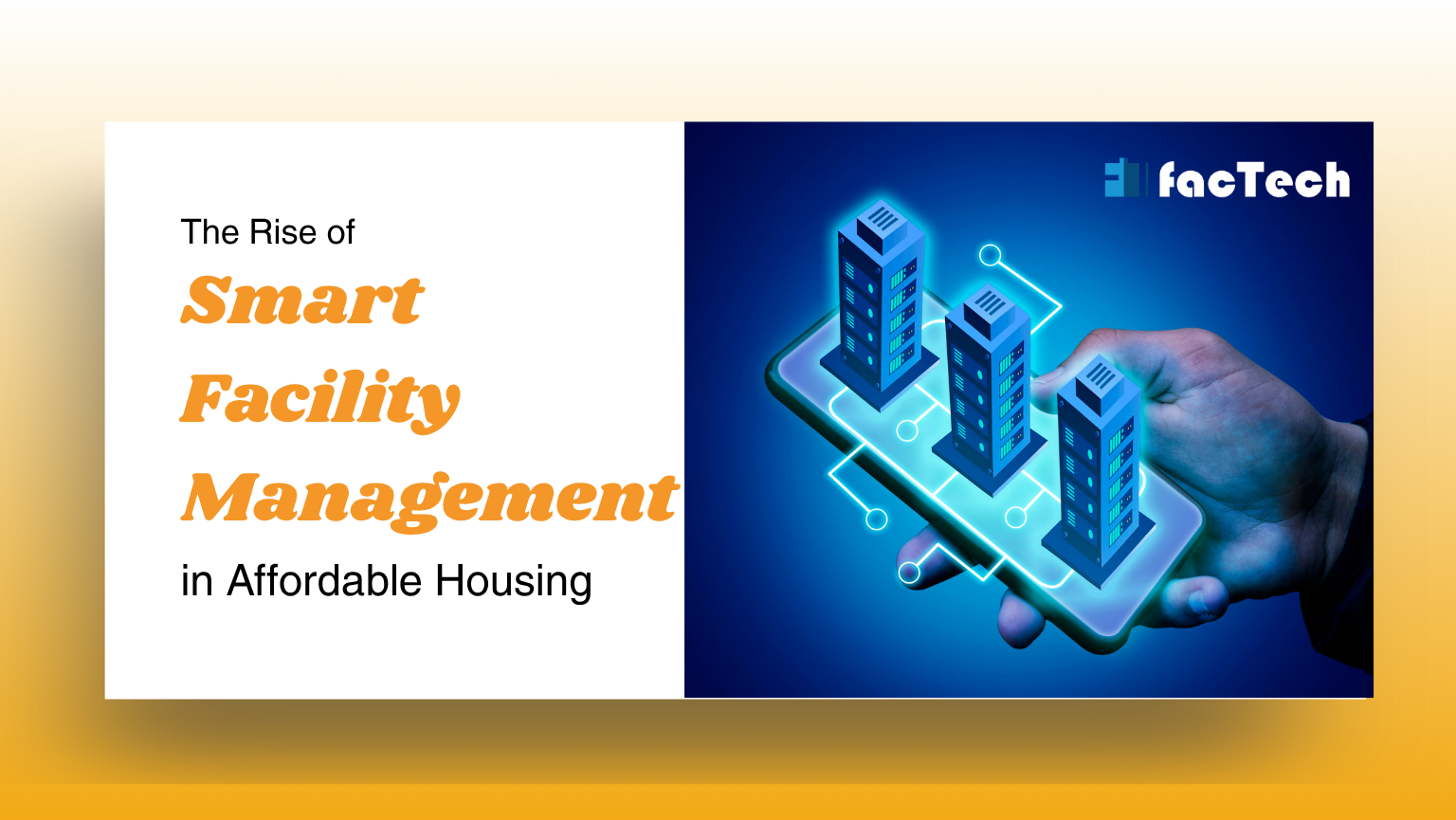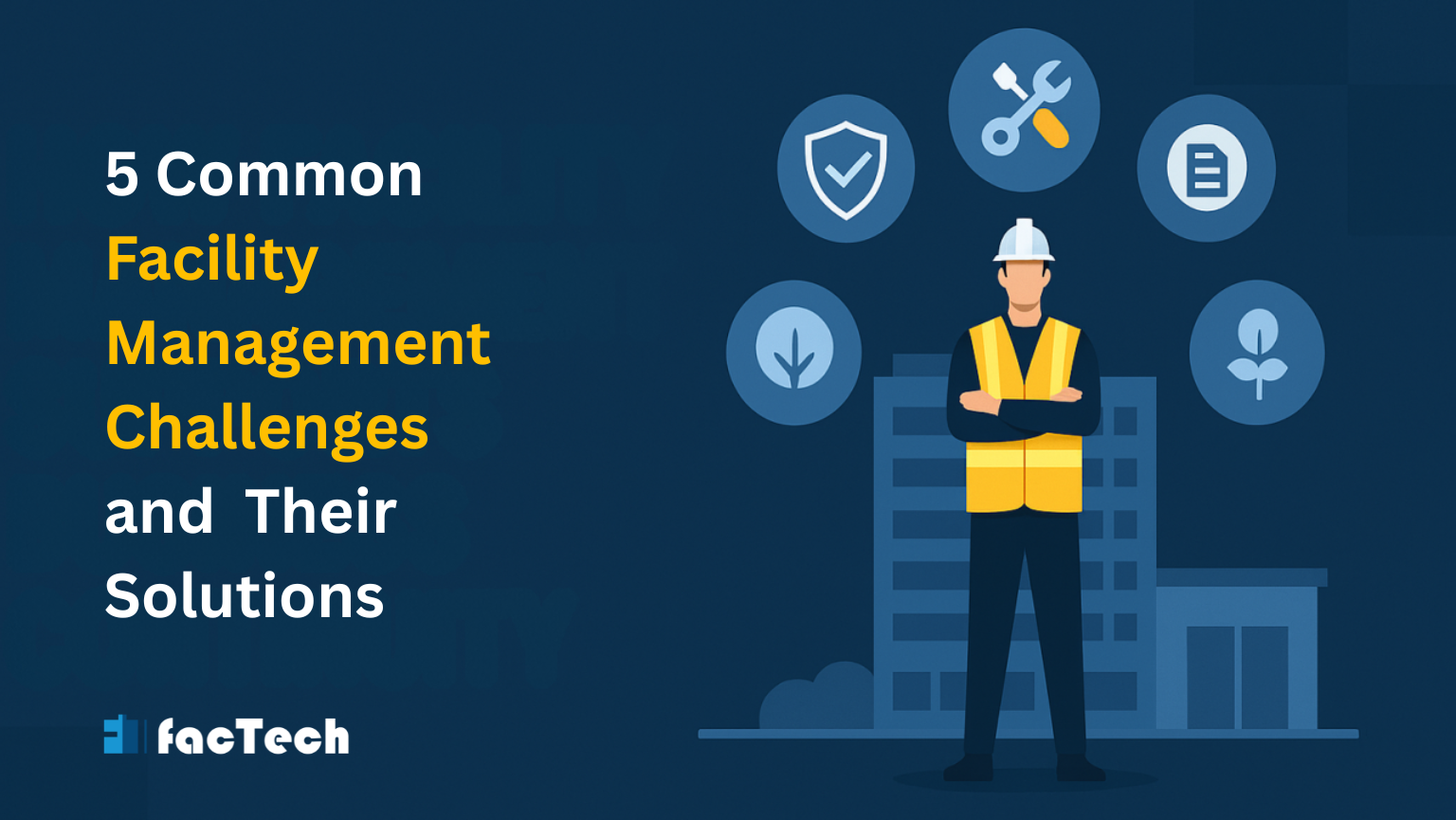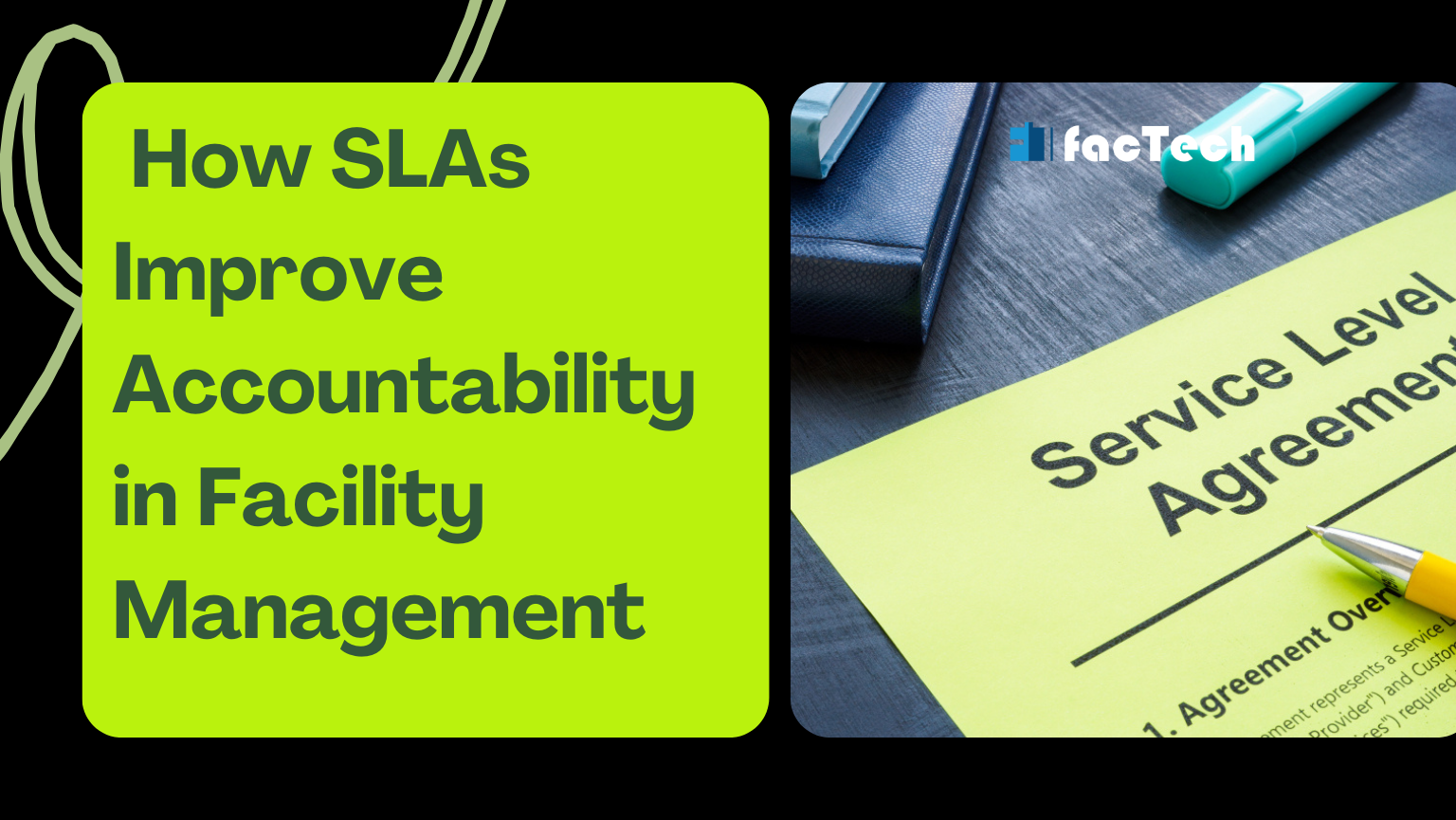The Rise of Smart Facility Management in Affordable Housing
In the era of digital transformation, affordable housing has to change from the traditional method of facility management. The labor-intensive and reactive process is costly and inefficient in this modern world. Beyond providing shelter, now the property must be well maintained, cost effective, sustainable, and conducive to a high-quality life for tenants. The emergence of smart facility management driven by cutting-edge technology is transforming the way affordable housing facilities are run, therefore producing more environmentally friendly, resident-centric surroundings. An integrated facility management system can bring this revolutionary change in the management of affordable housing.

Challenges of Affordable Housing Facility Management
- Limited funds can translate into less freedom for proactive maintenance, which results in postponed repairs and more long-term expenses.
- Many reasonably priced housing complexes are older, with less energy-efficient equipment more likely to break down.
- Regular resident changes need more regular maintenance and cleaning, hence increasing wear and tear on common facilities and apartments.
- Serving a variety of resident profiles and demands calls for adaptable and responsive service delivery.
- Dependency on paper-based systems, spreadsheets, and manual tracking results in data silos, inefficiencies, and lack of real-time insights.
- Constant struggle in managing energy expenditures across several units and shared spaces affects operational budgets and environmental goals.
- First and most importantly is making sure every resident has a safe and secure surrounding, often with little means.
These difficulties emphasize how urgently creative ideas that can maximize resources, streamline service delivery, and change the general quality of living are needed.

Understand Smart Facility Management System
Smart facility management is the combination of several technologies, including analytics software, sensors, and automation systems. It gives facility managers understanding and gathers performance data about a building.
Intelligent facility management is definitely a benefit in the data-driven environment of today. It helps facility managers to automate processes and base decisions on data. Start wondering about the advantages. Simple enhanced building lifetime and efficiency at lower running costs.
Features of Smart Facility Management System
Real-Time Analytics and Monitoring
Any intelligent facilities management system is built mostly on real-time monitoring. Advanced IoT sensors and linked devices gathering real-time data on HVAC, lighting, and security, among other building systems, make up this capability. Facility managers with real-time data at hand may rapidly monitor space use, energy use, and equipment performance.
Collective Data in One Place
Software provides comprehensive data as it connects with all sensors and devices. It helps in easily maintaining and planning the schedule for repair and other tasks.
Use of AI and ML
With the help of AI and ML, it is easy to predict the potential issues and with the past performance data analysis, a timely action can be taken.
Cloud Computing
Because of cloud computing, that data can be secured and easily accessed from anywhere at any time.
Easy Mobile Access
Mobile apps empower the staff and residents to easily report the issue and fast action taken process.

Benefits of Implementing Smart Facility Management in Affordable Housing
Budget Management and Performance Forecasts
Forecasting and budgeting are crucial processes in smart facility management that determine a company’s long-term performance. Before making any hasty judgments on the property, a facilities manager should create a list of business priorities.
Preventive Maintenance of Building Assets
It is safer and less expensive to prevent accidents by taking remedial action rather than allowing them to occur and then having to pay for expensive repairs or replacements. In order to assess possible dangers, preventive maintenance entails taking steps to examine how well building assets are performing.
Coordination of Repairs and Maintenance
If you save your vendors’ information using conventional methods, coordinating with them becomes even more difficult. Companies that use smart building management are adept at working with vendors and leveraging their knowledge to resolve asset problems.
Technology as Instruments for Transformation
Unless you’re employing a clever facilities management strategy, managing a building business can take a lot of time. Technology makes it considerably simpler and more efficient to monitor building assets, conduct routine inspections, and address problems.
Energy Efficiency and Sustainability
In order to address the energy crisis, climate change, and environmental compliance, real estate companies must implement sustainable practices in CRE management. Asset and building management operations with minimal carbon emissions are being sought after as the globe prepares to face climate change.
Mobile Device Compatibility
Businesses have the option to safely access the building system via mobile devices and carry out a variety of business operations because the majority of smart facilities are compatible with handheld digital devices. It is not necessary to replace your building’s assets with smart devices in order to make your building smart through smart facility management. Companies can use smart facility technologies that change how building assets work, increasing their performance and reducing their energy and cost usage.
Choose Factech to Make Your Affordable Housing Smart
Our goal at Factech is to enable low-income housing groups to make use of cutting-edge technologies. Our strong facility management system is meant to simplify processes, increase sustainability, and raise resident satisfaction, thereby opening the path for the next generation of reasonably priced living.
The bottom line
Smart facility management is not a fad but rather the way affordable housing will be run going forward. Affordable housing providers can go beyond just providing shelter by using IoT, artificial intelligence, and complete facility management systems. While bettering cost control, they may build dynamic, sustainable, and very efficient communities that really improve the quality of life for their citizens.
FAQs
Q: Why is sensible facilities management becoming so important for affordable housing?
Conventional reactive approaches are expensive and ineffective. Smart facility management generates more environmentally friendly, resident-centric, and efficient settings by use of technology.
Q: What are the key technologies included in a system of smart facility management?
IoT sensors, real-time analytics software, artificial intelligence/machine learning for predictions, cloud computing for data access, and mobile apps for simple reporting and communication are all combined here.
Q: In what ways may smart facilities management support affordable housing budgeting?
Real-time data and predictive insights it offers enable more accurate forecasting and proactive maintenance planning to help to prevent expensive emergency repairs.
Q: Is it possible to make present building assets “smart” without complete replacement?
Yes, smart facility technologies can integrate with existing assets, enhancing their performance and reducing energy/cost usage without requiring complete replacements.











